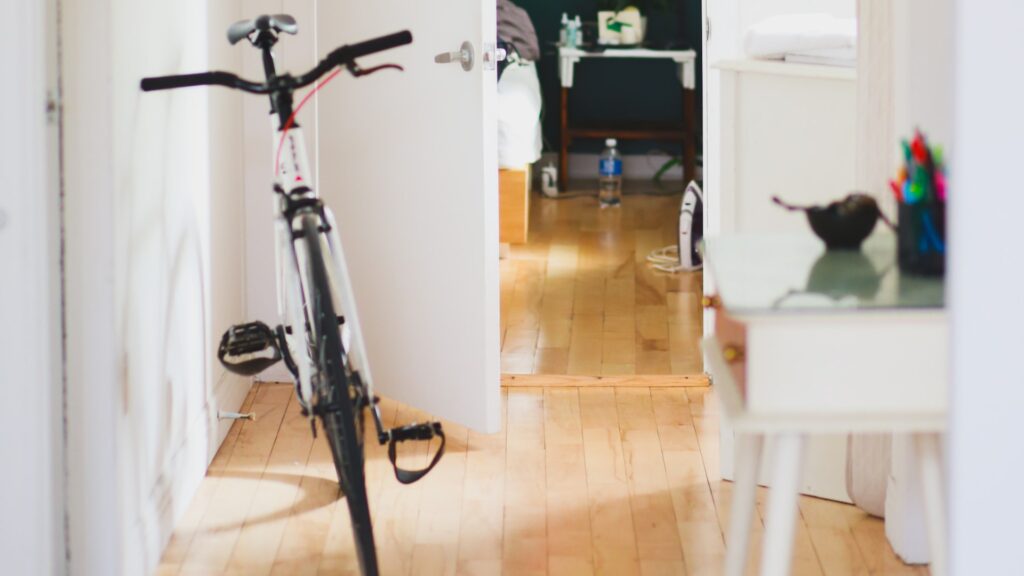Introduction:
In today’s fast-paced world, home security has become a top priority for homeowners. However, setting up a professional surveillance system can often be expensive and time-consuming. But what if we told you that you can repurpose your old webcams to create a cost-effective and efficient home surveillance system? In this comprehensive guide, we will walk you through the step-by-step process of reusing old webcams for home surveillance and monitoring, helping you enhance the security of your property without breaking the bank.
Why Reuse Old Webcams?
Many people have old webcams lying around that are no longer in use due to technological advancements. Rather than letting them collect dust, repurposing these webcams for home surveillance and monitoring can provide substantial benefits. By utilizing your existing webcams, you’ll eliminate the need for purchasing new equipment, saving you both money and resources. Additionally, repurposing old webcams contributes to environmental sustainability by reducing electronic waste.
Choosing Suitable Webcams:
Before diving into the setup process, ensure that the webcams you have are compatible with remote monitoring software. Search for webcams with resolution and video quality suitable for capturing clear footage. If your old webcams fall short in terms of quality, you may still repurpose them but must manage your expectations accordingly.
Setting Up Your Webcam System:
1. Identify problem areas: Begin by assessing your home’s vulnerable spots that require surveillance. This could include entry points, windows, or high-traffic areas.
2. Webcam placement and angle: Once you’ve identified the areas requiring surveillance, determine the optimal placement and angles for your webcams. Mounting them on walls, ceilings, or using adjustable stands can be ideal for capturing the desired view.
3. Webcam connectivity: Connect the webcams to your computer or a dedicated device through USB or Wi-Fi. Ensure each webcam is recognized and functional before proceeding.
4. Installing remote monitoring software: Research and install reliable remote monitoring software that supports your webcam model. Configure the software per the provided instructions, allowing you to access the live feeds from your webcams remotely.
5. Internet connectivity and security: To enable remote monitoring, ensure stable internet connectivity. Set up password protection for your webcam system to prevent unauthorized access.
Monitoring and Managing Your Surveillance System:
With your webcam system up and running, it’s crucial to understand its monitoring capabilities and management options. Here are a few tips to optimize your setup:
1. Remote access: Use a reliable device such as a smartphone, tablet, or computer to access the live video feeds remotely. This allows you to monitor your property from anywhere, at any time.
2. Motion detection and alerts: Many remote monitoring software options offer motion detection functionality. Enable this feature and configure alerts to notify you when any movement is detected within the camera’s field of view.
3. Regular maintenance and testing: Ensure that your webcams, software, and internet connection are working properly by conducting regular maintenance and testing. Keep the cameras clean and free from obstructions for optimal performance.
Conclusion:
Repurposing your old webcams for home surveillance and monitoring presents an opportunity to enhance your property’s security without investing heavily in new equipment. By following the step-by-step process outlined in this guide, you can create a DIY security system that allows you to remotely monitor your home and receive notifications of any suspicious activity. Unlock the potential of your unused webcams today and take control of your home’s security while minimizing waste and maximizing your resources.
